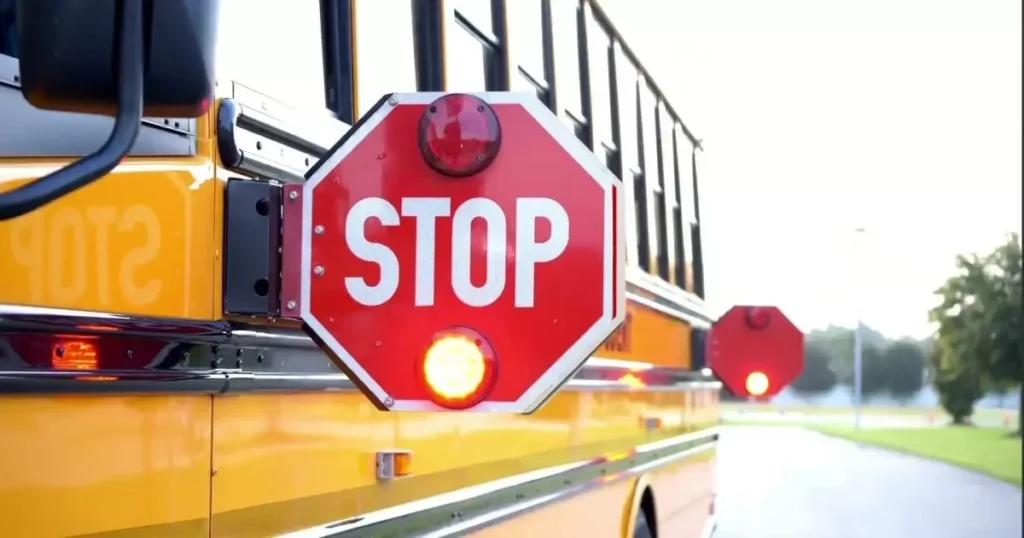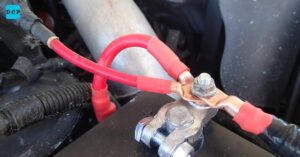Introduction
“The road legality of 3D number plates depends on strict adherence to current regulations and specific design standards.”
The popularity of 3D number plates has surged in recent years as vehicle owners seek to personalize their cars. These plates feature raised characters that create a distinctive and stylish look. However, with their growing popularity, questions have arisen about their legality on the road. Understanding the legal framework surrounding number plates is essential for ensuring compliance and avoiding potential issues.
This article delves into the regulations and updates affecting number plates, particularly focusing on 3D versions. We will explore recent changes, legal implications, and what vehicle owners need to know to ensure their number plates meet all legal requirements.
What Changed for Number Plates in September 2021?

In September 2021, several updates were introduced to the regulations governing number plates. One of the most notable changes was the requirement for black font only on plates. This adjustment aimed to standardize the appearance of number plates and improve their readability across different lighting conditions.
Additionally, new plate markings were mandated to ensure consistency in the design and manufacturer details. These changes were implemented to enhance vehicle identification and reduce the potential for counterfeit or non-compliant plates.
Black Font Only
The black font only rule introduced in September 2021 was designed to create a uniform look for number plates. This requirement helps to ensure that all plates are easily readable and meet standard visual criteria. By eliminating variations in font color, authorities aimed to reduce confusion and improve clarity.
This change is part of a broader effort to simplify and standardize number plate designs. A consistent font color contributes to better identification and enforcement of vehicle regulations, making it easier for both drivers and law enforcement to read and verify registration details.
Plate Markings
New regulations also addressed plate markings, requiring that number plates include specific details such as the manufacturer’s name. These markings are crucial for ensuring that all plates are produced to a high standard and comply with legal requirements.
By including these markings, the regulations help prevent the use of substandard or illegal number plates. This measure ensures that all number plates meet safety and quality standards, thereby enhancing overall road safety and regulatory compliance.
Other Revisions
Beyond the changes to font color and plate markings, other revisions to number plate regulations focused on material and reflectivity. These updates were introduced to ensure that all plates are durable and visible under various conditions, including at night and in poor weather.
The aim of these revisions was to standardize the quality of number plates and ensure they remain legible and effective in all driving scenarios. Compliance with these standards is crucial for both safety and legal adherence.
What About Regulation 11 and Surrey Police?
Regulation 11 of the Road Vehicles (Display of Registration Marks) Regulations 2001 outlines the requirements for how registration marks must be displayed on vehicles. This includes specifications for font size, spacing, and the use of reflective materials to ensure that number plates are clearly visible.
Surrey Police and other law enforcement agencies are responsible for enforcing these regulations. They conduct checks to ensure that number plates comply with legal standards and address any issues related to non-compliance.
Can ANPR Cameras Read 3D Plates?
Automatic Number Plate Recognition (ANPR) cameras are used by law enforcement to read and capture vehicle registration details automatically. These systems are designed to handle various plate designs, including 3D plates with raised characters.
While most modern ANPR systems are capable of reading 3D plates, any deviations from legal standards could affect their readability. Therefore, ensuring that 3D plates are compliant with regulations is essential to avoid potential issues with ANPR systems.
DVLA Tacitly Agrees That 3D Plates Are Road Legal
The Driver and Vehicle Licensing Agency (DVLA) has not explicitly banned 3D number plates, suggesting that they are road legal if they meet the required standards. The DVLA’s position implies that 3D plates can be used legally as long as they conform to the rules regarding size, font, and markings.
This tacit agreement means that while 3D plates are not prohibited, vehicle owners must ensure their plates comply with all legal requirements to avoid any potential issues.
Parliament Shares Their Opinion on the Matter
Parliament has discussed the regulations surrounding number plates extensively, emphasizing the need for clarity and consistency. While there has been no outright ban on 3D plates, parliamentary discussions have highlighted the importance of compliance with established regulations.
Legislators have stressed that all number plates, including 3D versions, must adhere to legal standards to ensure their usability and prevent confusion. This perspective underscores the importance of following regulations to avoid legal complications.
How To Configure Your 4D Plates Using Our Plate Builder
GOV.UK Tells Us Number Plates Can Have Raised Digits
According to GOV.UK, number plates can feature raised digits as long as they adhere to legal standards. This means that while 3D plates with raised characters are permissible, they must still comply with requirements for font style, size, and markings.
This guidance from GOV.UK confirms that raised characters are allowed, provided they do not compromise the plate’s readability or compliance with other regulations.
Comparing 3D Plates to Traditional Plates

3D plates differ from traditional plates mainly in their design and appearance. Traditional plates use flat characters, while 3D plates have raised elements that provide a distinctive look. Despite these aesthetic differences, both types must meet the same legal requirements.
The primary difference lies in the visual style, but both 3D and traditional plates must adhere to regulations regarding size, font, and readability to be considered legal.
Legal Implications of Non-Compliance
Failing to comply with number plate regulations can lead to significant consequences. Fines and penalties may be imposed for using plates that do not meet legal standards. In severe cases, vehicles could be subject to roadside checks or even impoundment.
Ensuring that number plates adhere to legal requirements is crucial for avoiding these potential repercussions. Compliance helps prevent legal issues and ensures that vehicles remain roadworthy.
Consumer Perspectives and Preference
Many consumers prefer 3D number plates for their customizable and stylish appearance. These plates offer a unique look that differentiates vehicles from standard designs. However, it is essential for consumers to balance aesthetic preferences with legal compliance.
While 3D plates are popular, ensuring they meet all legal requirements is vital. Consumers should verify that their plates comply with regulations to enjoy their benefits without facing legal issues.
PROS AND CONS
| Pros | Cons |
| Enhanced Aesthetic Appeal | Potential issues with ANPR readability |
| Customizable Design Options | Risk of non-compliance if not properly formatted |
| Unique and Personalized Look | Possible fines and penalties for non-compliance |
Additional Tips
- Verify Compliance: Before installing 3D plates, ensure they meet all legal requirements.
- Check Visibility: Make sure the raised characters do not affect the plate’s readability.
- Stay Updated: Regularly review regulations to remain compliant.
- Consult Professionals: Seek advice if uncertain about your plate’s legality.
- Keep Records: Maintain documentation of compliance to avoid potential issues.
ANSWER TO KEY QUESTION
- Are 3D number plates legal?
Yes, 3D number plates are legal if they comply with size, font, and marking regulations.
- What changes were made to number plate regulations in September 2021?
Changes included a requirement for black font only and specific plate markings for consistency.
- Can ANPR cameras read 3D plates?
Most ANPR cameras can read 3D plates, but compliance with legal standards is essential for clear readability.
- What is Regulation 11?
Regulation 11 specifies the requirements for displaying registration marks, including font size and reflective materials.
- Does the DVLA support the use of 3D number plates?
The DVLA has not banned 3D number plates, but they must meet legal standards to be used legally.
- What are the potential consequences of using non-compliant number plates?
Non-compliant plates can result in fines, penalties, or even vehicle impoundment.
Conclusion
In conclusion, 3D number plates are road legal if they comply with the established regulations. These plates can offer a stylish and unique appearance, but it is crucial to ensure they adhere to legal standards for size, font, and markings.
By staying informed and ensuring compliance, vehicle owners can enjoy the benefits of 3D plates while avoiding potential legal issues.

Hi! I’m the admin of Drive Cars Pedia, where I share my passion for cars with you. From reviews to tips, I provide valuable info to help you make informed decisions. Enjoy your visit!








